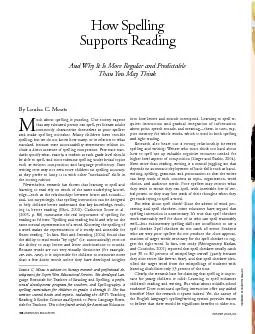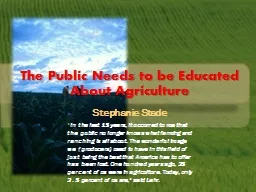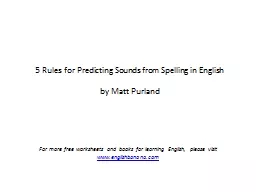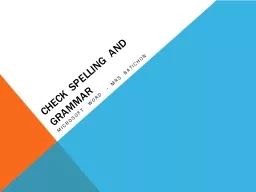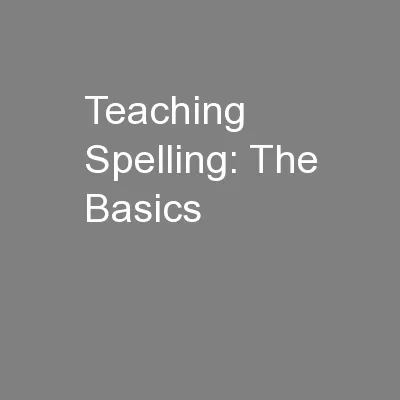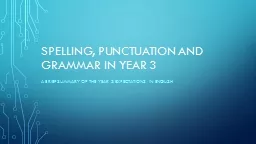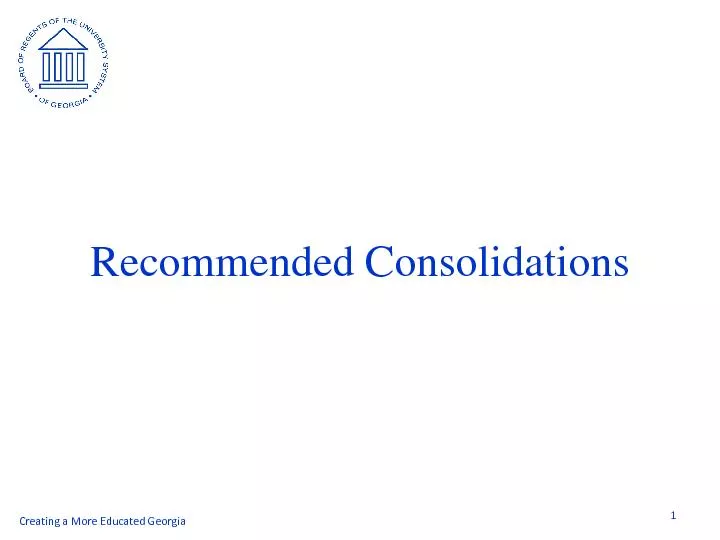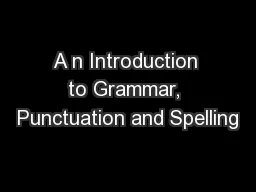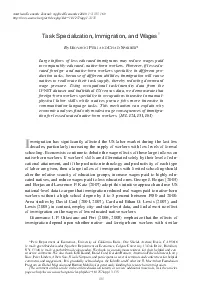PDF-uch about spelling is puzzling. Our society expectsthat any educated p
Author : karlyn-bohler | Published Date : 2015-09-07
AMERICAN EDUCATOR How Spelling Supports Reading And Why It Is More Regular and Predictable Than You May Think By Louisa C Moats ocket Science tials for Teachers This
Presentation Embed Code
Download Presentation
Download Presentation The PPT/PDF document "uch about spelling is puzzling. Our soci..." is the property of its rightful owner. Permission is granted to download and print the materials on this website for personal, non-commercial use only, and to display it on your personal computer provided you do not modify the materials and that you retain all copyright notices contained in the materials. By downloading content from our website, you accept the terms of this agreement.
uch about spelling is puzzling. Our society expectsthat any educated p: Transcript
Download Rules Of Document
"uch about spelling is puzzling. Our society expectsthat any educated p"The content belongs to its owner. You may download and print it for personal use, without modification, and keep all copyright notices. By downloading, you agree to these terms.
Related Documents

